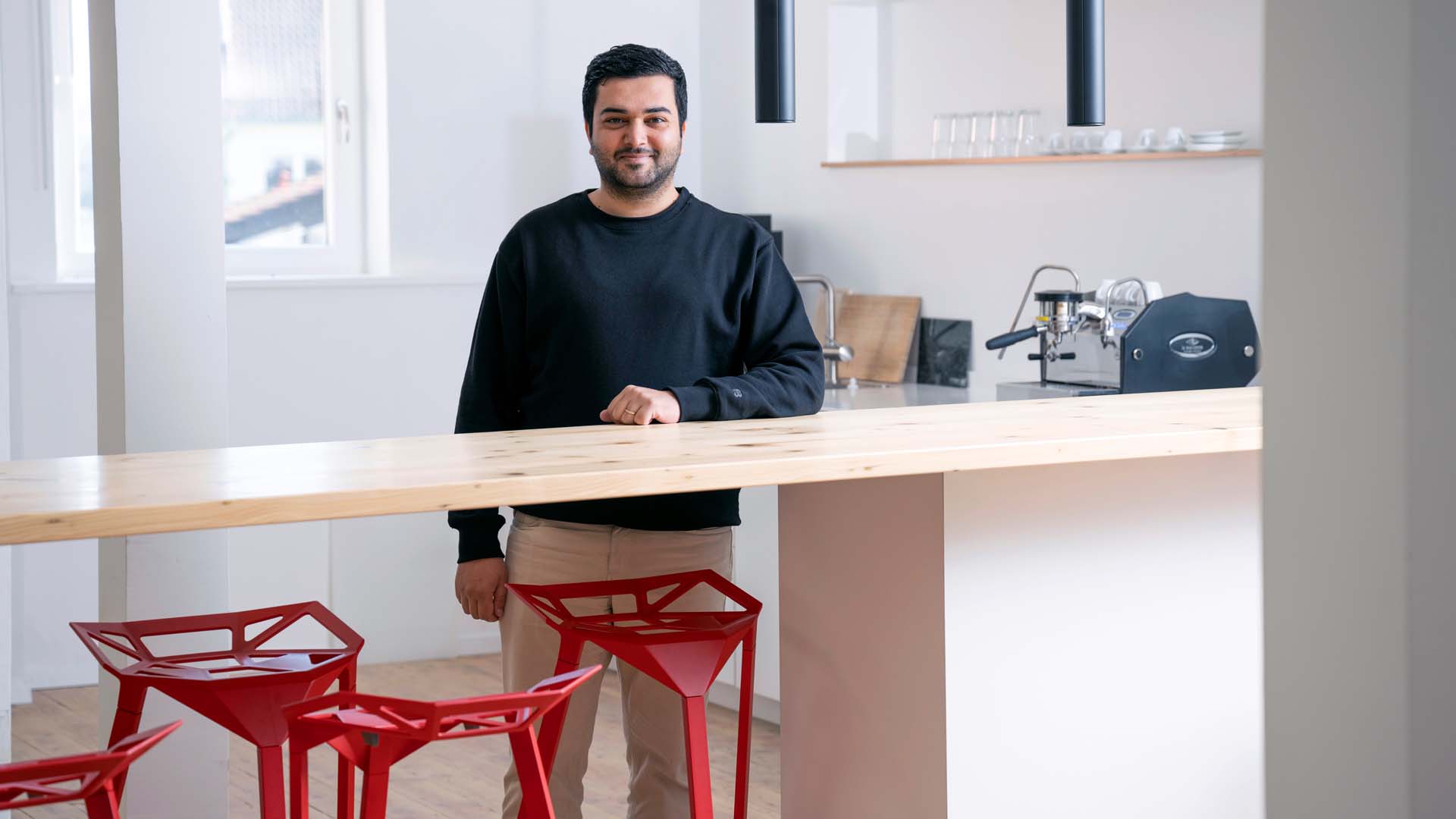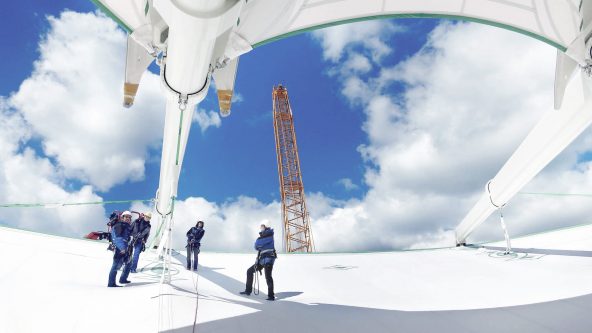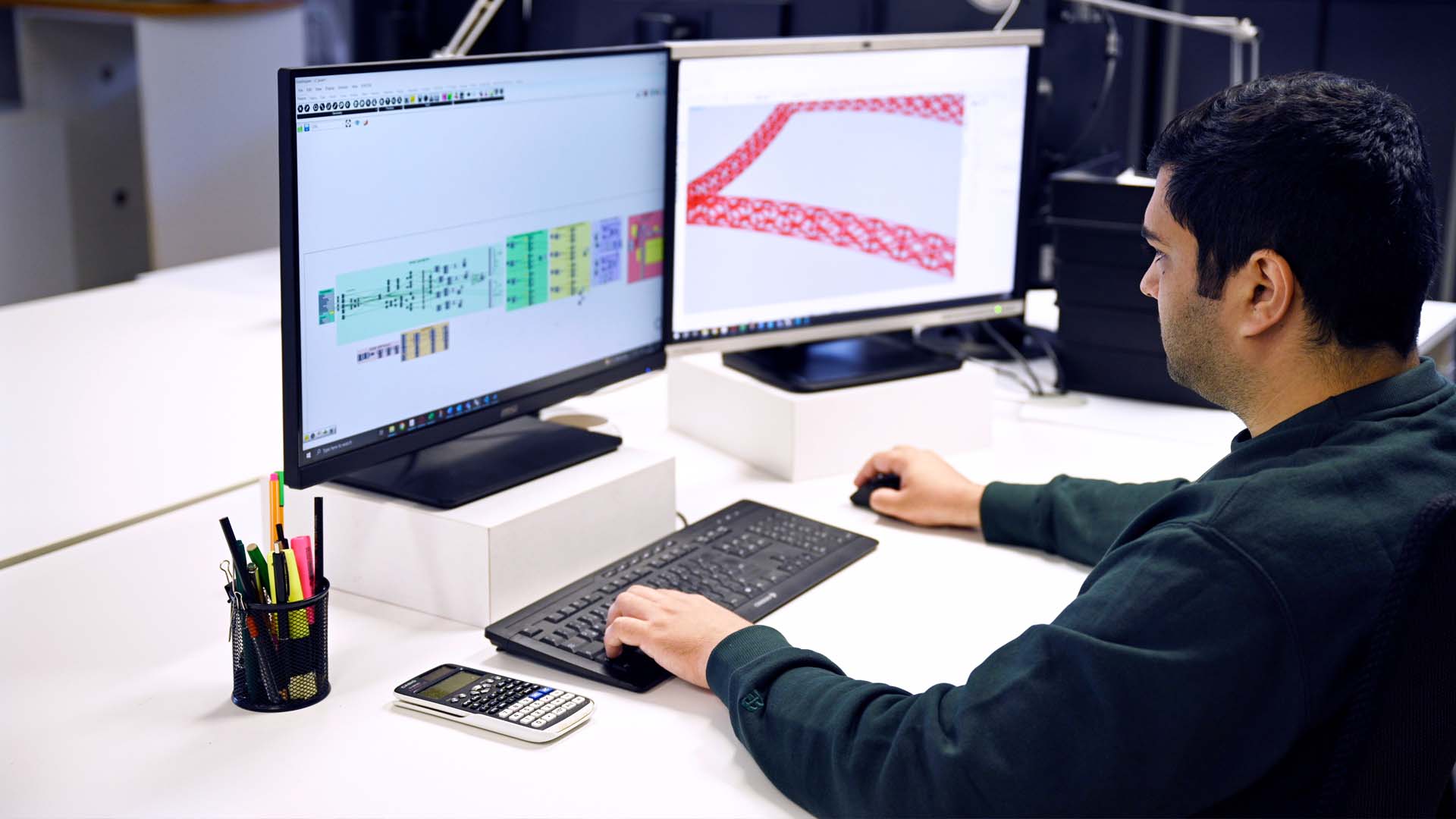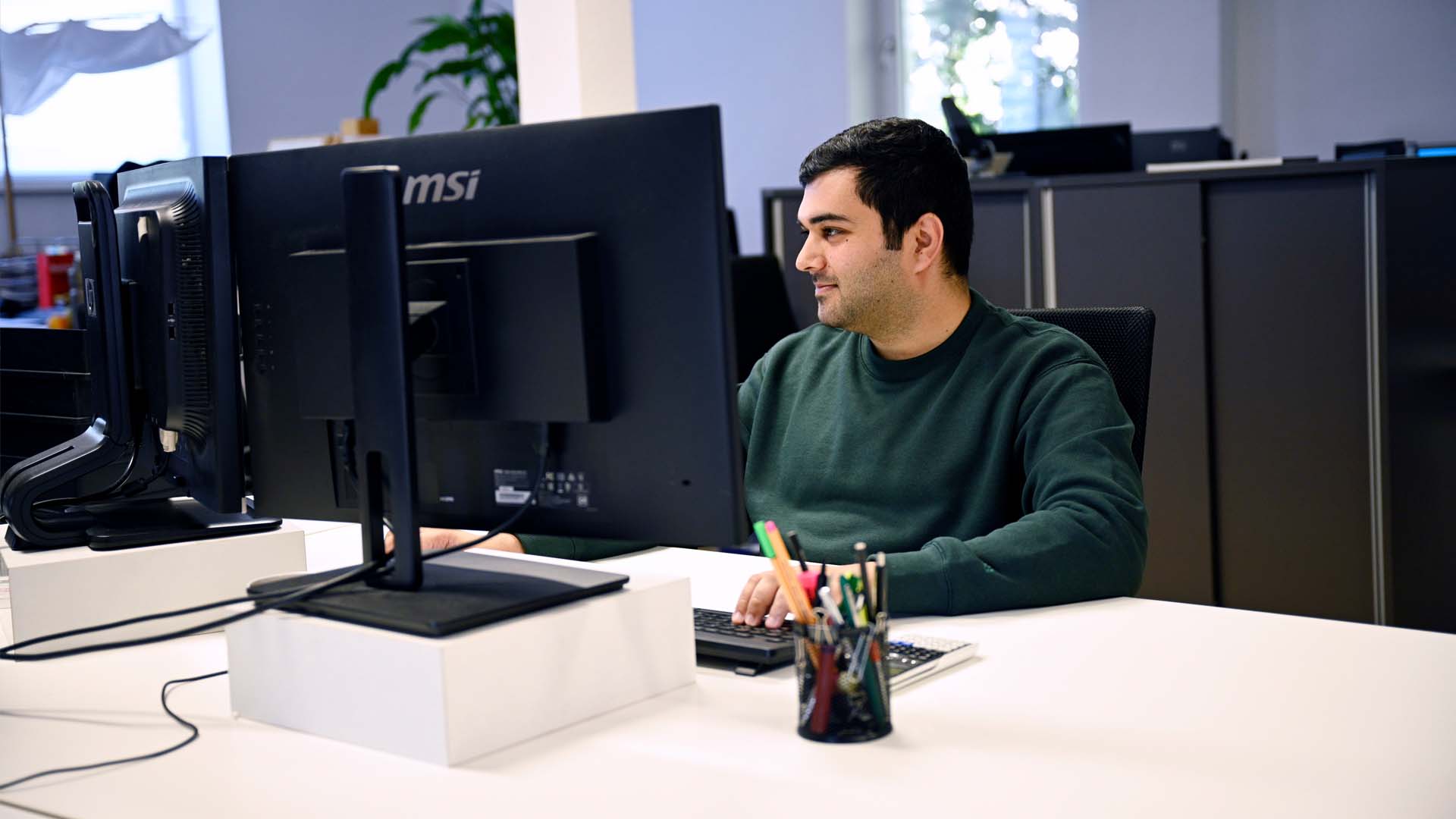Master’s Thesis at SL Rasch
With a Practice-related Thesis into a Permanent Position

What fascinates you about the job of a civil engineer?
I find civil engineering fascinating for several reasons. First, because I know that my work has a direct impact on societies around the world. As a civil engineer, you have the opportunity to bring about positive change in communities while also taking into account the unique characteristics of their culture or history. Secondly, I enjoy tackling complex problems in building design while improving my technical and creative skills. Moreover, the many opportunities to work on different construction sites and travel to new places for work greatly excite me to work as a civil engineer.
What motivated you to apply for your master’s thesis with us?
I worked on a research project for the Chair of Steel and Lightweight Construction at the Ruhr University Bochum. During this project, I realised that I would also like to find myself in the field of steel and lightweight construction with regard to my future professional life. In my search of a suitable company as a cooperation partner for my Master’s thesis, I searched LinkedIn for relevant keywords and companies that have this expertise. That’s how I came across SL Rasch. On your website I found out about your projects and the company history. I was amazed that the company can look back on such a long history and was enthusiastic about the very different projects. That is why I have decided to apply.
What is the topic of your master thesis?
The title of the thesis is “Structural Optimisation of Truss Structures with a Parametric Design Approach”. The software that I used is SOFiSTiK for structural analysis and design and Rhino-Grasshopper for parametric modeling.
How would you summarise your results? Why are they so important for the company?
The constant optimisation of parameters plays an important role in the field of engineering. In particular, structural optimisation is crucial when it comes to building construction and architecture. Over the years, a lot of research has been done in this field and has been used in various construction applications. The aim of my thesis is to use Grasshopper and SOFiSTiK to model and optimise steel roof structures considering the Eurocodes. The truss structure was first modelled in Grasshopper and then transferred to the numerical model of SOFiSTiK, using a plug-in to perform the structural analysis and design. The genetic algorithm of the Grasshopper plug-in Galapagos was then chosen for the weight reduction of the structure. During the optimisation procedure, the stability and safety requirements were fully met. In addition, various parameters were investigated with the help of a parametric study.
In conclusion, this thesis contributes to the field of parametric design in civil engineering by developing a computational script for the steel roof structure and conducting an optimisation process to minimise the weight of the structure. Overall, the reliability of the optimisation results and the use of the computational script in the conceptual design phase to determine the initial cross-sections and the essential geometric parameters of the structures were confirmed. This helps to facilitate the work of the engineers in the next steps, e.g. in the detailed design phase. For future cases, this integration can be implemented for many different structures and contribute to time savings in the concept design phases. Faster reactions to customer enquiries are another advantage.
How did you find working in the team at SL Rasch?
During my time at SL Rasch, I had the opportunity to work with professionals who have supported me throughout the process with their expertise and guidance. I would also like to take this opportunity to thank my supervisors, Stefan Schöne and Philipp Schäfer, for their support in developing the ideas and concepts explored in this thesis, as well as the entire team at SL Rasch GmbH for the great environment.
What do you want to focus on professionally in the future?
I want to draw attention to structural optimisation, programming, scripting and parametric design and find different ways to apply these approaches in my future projects. I am very excited about that!


